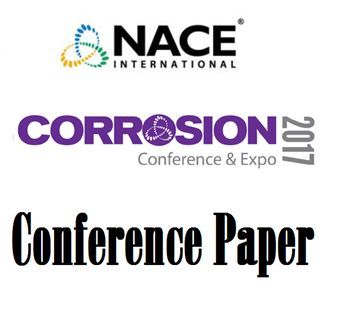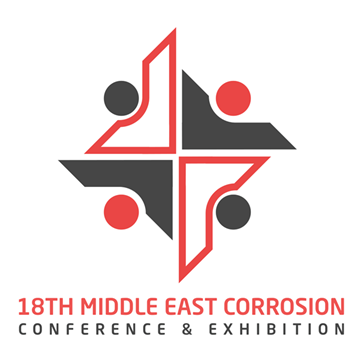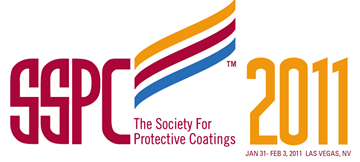Search
Individual Conference Papers
View as
Sort by
Display
per page
Pre-Manufactured Architectural Fire Protection
Product Number:
41210-533-SG
Publication Date:
2010
$20.00
Premature Corrosion Attack of Stainless Steel Pipes and Welds
Product Number:
51324-20325-SG
Publication Date:
2024
$40.00
Premature Failure of API 650 Oil Storage Tank Bottom Plates Due to Soil Side Corrosion
Product Number:
51317--9025-SG
ISBN:
9025 2017 CP
Publication Date:
2017
$20.00
Premature Failure of Copper Nickel Tubes Due to Microbiologically Influenced Corrosion (MIC) -A Case Study
Product Number:
MECC23-20150-SG
Publication Date:
2023
$20.00
Preparation for SSPC QP 3 Shop Certification
Product Number:
51218-130-SG
Publication Date:
2018
$20.00
Preparation of Concrete for Rapid Coating Application
Product Number:
41214-822-SG
Publication Date:
2014
$20.00
Preparing an Inspection Plan for Bridge Maintenance Painting
Product Number:
41211-596-SG
Publication Date:
2011
$20.00
Preparing and Lining Concrete For Immersion Service Steps and Procedures To Avoid Failures
Product Number:
41213-768-SG
Publication Date:
2013
$20.00
Preparing Hot-Dip Galvanized Coating Surfaces for Painting
Product Number:
41215-908-SG
Publication Date:
2015
$20.00
Preparing Steel Surfaces For Thick-Film Intumescent Fireproofing
Product Number:
51321-16630-SG
Publication Date:
2021
$20.00












